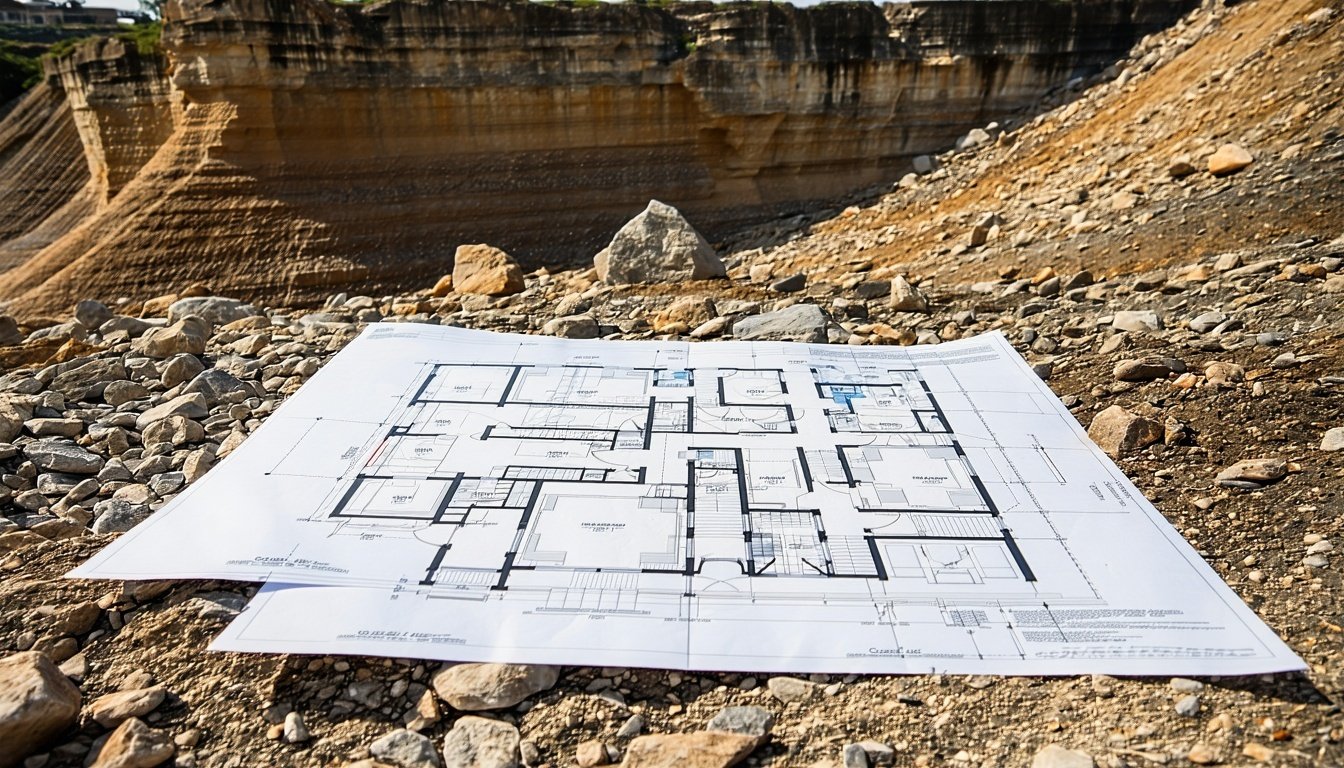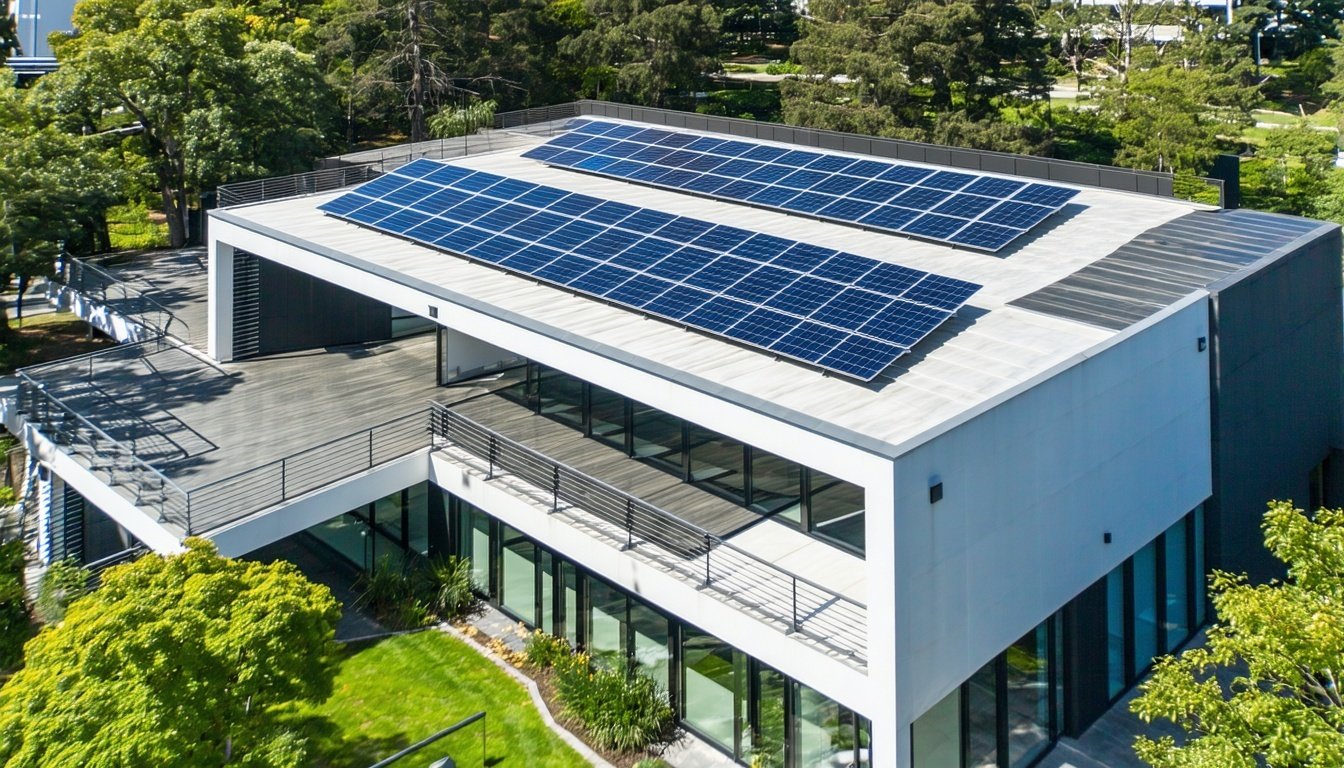Mastering BASIX Compliance: Overcoming Challenges on Difficult Residential Sites
How challenging sites affect BASIX compliance
Navigating the intricacies of BASIX compliance is challenging enough, but difficult residential sites add another layer of complexity. Sites with tight blocks, poor orientation or steep slopes can significantly impact the ability to meet BASIX targets. These constraints often limit the options for passive design features, such as optimal window placement and natural ventilation, which are critical for achieving high thermal and energy performance scores.
Moreover, these challenging sites may necessitate more innovative approaches to water management, energy consumption and thermal comfort. As a result, designers and homeowners must be prepared to explore advanced compliance strategies and adopt a more rigorous planning process to ensure that all BASIX requirements are met effectively.
BASIX compliance workarounds for narrow lots and heritage zones
Narrow lots and heritage zones present unique challenges when striving for BASIX compliance. The limited space on narrow lots can restrict the potential for extensive green spaces and water management systems, both of which are integral to achieving BASIX targets. One workaround is to maximise the use of vertical landscaping and green walls, which can effectively contribute to both thermal comfort and water efficiency.
In heritage zones, maintaining the aesthetic integrity of the area while meeting modern sustainability standards can be tricky. Here, blending traditional materials with contemporary, high-performance alternatives, such as insulated glazing and energy-efficient lighting, can help balance heritage preservation with BASIX compliance. Additionally, employing advanced modelling software can assist in predicting the performance of these solutions in meeting the required benchmarks.
Passive design tips to improve thermal and energy scores
Passive design strategies are vital for improving thermal and energy scores, especially on challenging sites. One effective tip is to optimise building orientation to enhance natural lighting and cross-ventilation, even on constrained lots. Positioning living areas and windows to the north can harness natural sunlight, reducing the need for artificial lighting and heating.
Another key strategy is to incorporate thermal mass in the design. Materials like concrete, brick and stone can absorb and store heat during the day, releasing it during cooler periods, thus maintaining a stable indoor temperature. Additionally, using advanced insulation materials and double-glazed windows can significantly reduce heat loss and gain, contributing to higher energy efficiency scores.
When to use performance solutions to achieve BASIX compliance
Performance solutions can be a game-changer for achieving BASIX compliance on difficult sites. These solutions involve using advanced simulation tools to model and predict the energy and water consumption of a building design, providing a more tailored approach to meeting BASIX requirements. They are particularly useful when traditional prescriptive methods fall short due to site constraints.
For instance, a performance solution might involve detailed thermal modelling to demonstrate that a non-standard window placement still achieves the required thermal comfort levels. Similarly, using high-efficiency HVAC systems and renewable energy sources, such as solar panels, can offset limitations posed by site orientation or size, ensuring compliance with BASIX targets.
How Certified Energy tailors BASIX compliance for complex projects
At Certified Energy, we specialise in navigating the complexities of BASIX compliance for challenging residential projects. Our team of experts employs a holistic approach, integrating advanced modelling tools with innovative design strategies to tailor compliance solutions specific to each site. We understand that every project is unique, and we offer bespoke services that address the particular constraints and opportunities presented by difficult sites.
From initial planning through to final certification, we work closely with designers and homeowners to ensure that all BASIX targets are met without compromising on design integrity or functionality. Our commitment to sustainability and excellence ensures that even the most challenging projects achieve optimal environmental performance and compliance.







